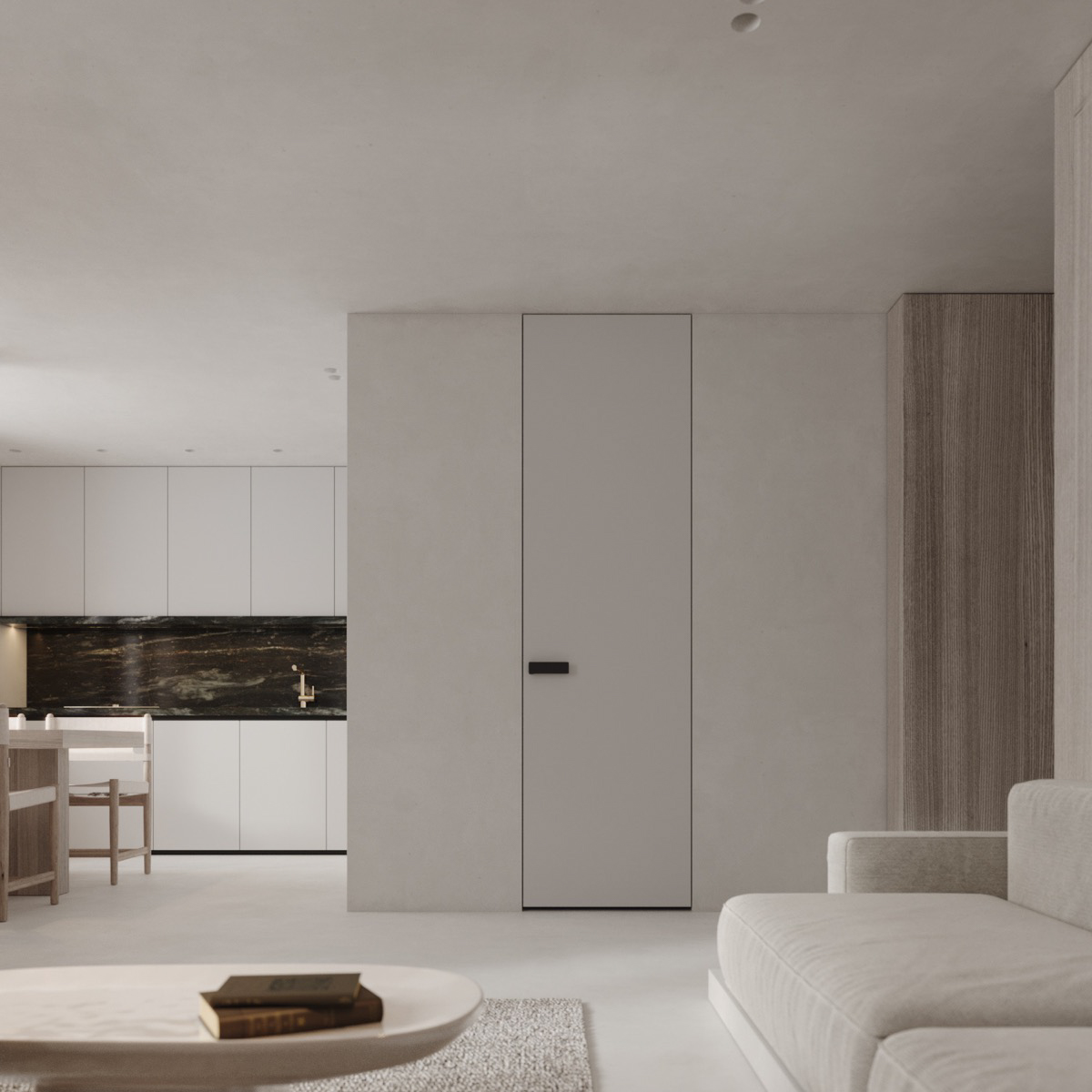The Importance of Bulb Colours in Interior Design
When it comes to interior design, bulb colours can completely transform the look and feel of a room. Warm colours, such as reds and yellows, create a cozy and inviting atmosphere, while cool colours, like blues and greens, promote calmness and relaxation. Neutral colours, like soft whites and beige, provide a timeless and elegant backdrop to any space.
But choosing the right bulb colour goes beyond aesthetics. It can also affect our mood, productivity, and even our sleep quality. For example, blue light can suppress melatonin production, disrupting our natural sleep-wake cycle. As a result, it’s better to use warm tones in the bedroom and cooler tones in the workspace.
The Science of Bulb Colours
The science behind bulb colours lies in the electromagnetic spectrum. Each colour corresponds to a different wavelength, ranging from shorter (blue and green) to longer (red and yellow). The colour temperature of a bulb, measured in degrees Kelvin (K), also plays a role in determining its tone. Lower temperatures, below 3000K, emit a warm yellow light, while higher temperatures, above 5000K, produce a cool blue-white light.
Aside from affecting our sleep patterns, bulb colours can also impact our visual perception. For example, red light makes people’s faces appear warmer and more attractive, while blue light can create a colder, more distant impression.
The Different Types of Bulbs and Their Colours
There are a variety of bulb types available on the market, each with its own pros and cons for different settings. Here are some of the most common bulb types and their typical colours:
– Incandescent bulbs: warm tones, around 2700K
– Halogen bulbs: slightly cooler than incandescent, around 3000K
– Compact fluorescent (CFL) bulbs: cooler than incandescent, ranging from warm to cool tones depending on the model
– Light-emitting diode (LED) bulbs: highly versatile, available in a wide range of colours and temperatures
It’s also worth noting that some bulbs are dimmable, meaning they can produce warmer or cooler tones depending on the level of brightness.
The Future of Bulb Colours
As more and more people become aware of the impact bulb colours can have on their wellbeing, the demand for innovative lighting solutions is growing. In recent years, there has been a surge of interest in smart bulbs, which can be controlled through a smartphone app and offer a range of features, including adjustable colour temperature and brightness, voice control, and even the ability to sync with music.
Another promising development is the use of circadian lighting, which mimics the changes in nature’s lighting throughout the day to promote better sleep, mood, and energy levels. With advancements in LED technology, circadian lighting is becoming more accessible and affordable for homeowners and businesses alike.

